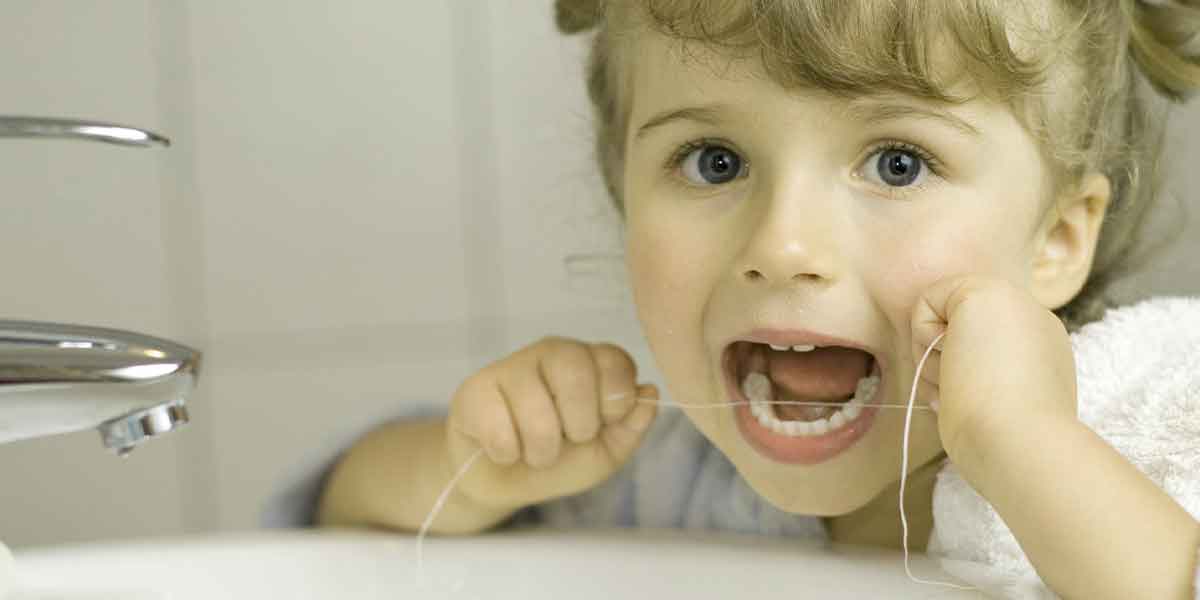Instilling the practice of flossing in children is crucial for maintaining optimal oral health. Parents often have inquiries regarding the appropriate time and method to introduce flossing to their child’s daily routine. Below, we address the top five queries parents commonly have about flossing for kids, offering valuable suggestions and recommendations to ensure your child establishes good flossing habits.
What Age Should Kids Commence Flossing?
Flossing plays a significant role in oral hygiene by eliminating plaque and food particles from areas that are inaccessible to a toothbrush. Parents frequently ponder when their child should initiate flossing.
Commencement of Flossing
Children should begin flossing when they have adjacent teeth, typically around 2 to 3 years of age. Initially, parents should assist their children in flossing as young kids lack the manual dexterity for effective flossing.
Establishing a Routine
Integrating flossing into your child’s daily oral care regimen early on aids in habit formation. Flossing once a day suffices, and incorporating it into the nightly brushing routine proves to be convenient for many parents.
How Should You Properly Floss a Child’s Teeth?
Maintaining the correct flossing technique is imperative for plaque removal and gum disease prevention. Here are some steps to guide you through the process of flossing your child’s teeth effectively:
Selecting Appropriate Floss
Various types of dental floss, such as traditional string floss or floss picks, are available. Opt for a floss type that is comfortable and manageable for cleaning your child’s small teeth.
Flossing Steps
Fulfill these steps for effective flossing of your child’s teeth:
- Utilize approximately 18 inches of floss, wrapping most of it around your middle fingers and leaving a small section for flossing.
- Maintain a firm grip on the floss between your thumbs and forefingers.
- Guide the floss gently between your child’s teeth with a sawing motion.
- Form a C shape with the floss around each tooth and slide it beneath the gumline.
- Move the floss up and down to clean the tooth surfaces.
- Utilize a fresh portion of floss for each tooth.
Tips for Effective Flossing
- Exercise gentleness to prevent gum injuries.
- Ensure comprehensive flossing, including behind the back teeth.
- Encourage patience and thoroughness in your child’s flossing routine.
How Can You Encourage Your Child to Embrace Flossing?
Resistance towards flossing is common among children, especially when it’s a novel addition to their routine. Implementing strategies to make flossing enjoyable and accepted is essential for their daily oral hygiene:
Infuse Fun into Flossing
Transform flossing into a pleasurable activity by utilizing flavored floss or appealing floss picks. Crafting a floss-related song or game can keep your child engaged and motivated during the flossing process.
Set a Positive Example
Children tend to adopt good oral hygiene practices when they witness their parents following the same. Flossing alongside your child showcases the normalcy and importance of flossing in dental care.




